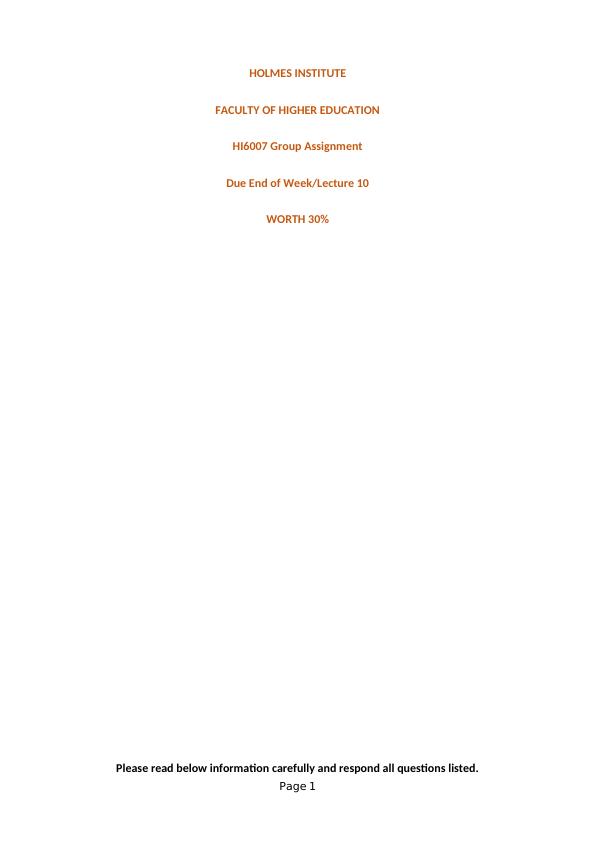Analysis of Student Marks and Preparation Time: Survey Results, Histograms, Scatter Plot, and Descriptive Statistics
Added on 2023-04-26
About This Document
Instructors at Holmes Institute believe that preparation time affects students' marks. A survey was conducted with 100 randomly selected students. Simple random sampling was used. The dependent variable is student marks, and the independent variable is preparation time. Issues in data collection include non-response and high cost. Frequency histograms show left-skewed distributions for both variables. A scatter plot indicates a positive linear relationship. The estimated fitting line equation suggests a 28.984 increase in marks for each additional unit of preparation time. Descriptive statistics show mean, median, range, variance, standard deviation, quartiles, and interquartile range for both variables.
Analysis of Student Marks and Preparation Time: Survey Results, Histograms, Scatter Plot, and Descriptive Statistics
Added on 2023-04-26
End of preview
Want to access all the pages? Upload your documents or become a member.



